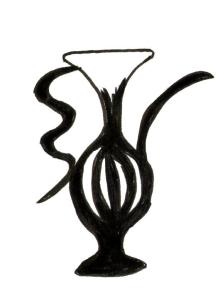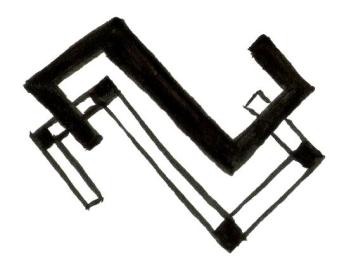
There is a Singhalese translation of the greater part of the [Játakas], which is exceedingly popular, not on account of the peculiar doctrines of Buddhism contained in it, for these are but incidentally referred to, but from its being a collection of amusing stories which they believe to be unquestionably true. …
Not a few of the fables that pass under the name of Aesop are here to be found; and the schoolboy is little aware, as he reads of the wit of the fox or the cunning of the monkey, that these animals become, in the course of ages, the teacher of the three worlds, Buddha.
Each Jákata begins with the formula “yata-giya-dawasa,” which is the exact equivalent to our own, “in days of yore.” … One tale, after the usual manner of eastern compositions, presents the opportunity for the introduction of several other stories that are only slightly dependent on the principal narrative. The Singhalese will listen the night through to recitations from this work, without any apparent weariness; and a great number of the Játakas are familiar even to the women.


